Studio work
Fuji’s instant film is gorgeous; I’ve shot with it often enough before, but never to do still life. The trick to getting consistent results on instant film is to swab the polaroid back rollers with alcohol before loading each new pack. (The parcheesi men here were stowaways in a vase I found at Urban Ore, Berkeley’s greatest recycle and reuse store—aka junk shop.)
Los Caprichos: Tantos adeptos
New work for Los Caprichos: after Goya: the caption can be translated as “so many followers”. The original Caprichos contain a number of images that show dubious authority figures and their fulsome adherents, either emphasizing the blind slavishness of the latter or the fatuous pretensions of the former:
- plate 34: Si sabrá más el discipulo?
- plate 47: Obsequio á el maestro
- plate 53: Que pico de oro!
Here I give you a contemporary riff on that theme.
Los Caprichos: Salvese quien pueda
The first post in a long while: I’ve been working intensively on the Caprichos. The lettering has been the hardest part: my aim has always been a simulacrum of the 18th-century round hand script used by the master calligrapher(s) who inscribed Goya’s legends. (For a sample of the elegant fluidity of the original, click here.) When I first encountered Goya’s plates years ago, I naively assumed that he’d written the legends himself, on each of the images. Subsequently, I realized that would have been impossible: he produced thousands of individual Caprichos during the brief period of their production, and hand-lettering them all would have been staggeringly difficult for all the reasons I’ve already encountered: you simply can’t afford to make mistakes! Last year, I had the chance to inspect one of the British Museum’s bound presentation albums, prepared by Goya for a patron/friend. With the chance to hold it in my hands and eyeball it in a raking light, I could see clearly that the lettering was part of the plate, something Robert Hughes also notes in his study Goya (New York: Knopf, 2003), but which I’d somehow overlooked in my reading. So that explained a few things—yet knowing this didn’t diminish my admiration for the skill of the calligrapher; in fact, it increased it, because I can’t imagine how it was done (drypoint directly on the plates?).
Meanwhile, I’ve been writing my legends out by hand (this is the laborious, somewhat nerve-wracking part) and then scanning them so they can become part of the negative, which is ultimately printed in platinum-palladium. The one you see above is a recent one. The translation in English would be “every man for himself”.
Note: in “Goya’s Caprichos” (Print Quarterly, vol. 10, no. 2, June 1993, 187–189), Janis Tomlinson questions Juliet Wilson-Bareau’s position that Goya was responsible for making the captions to the Caprichos. The fact is that the orthography is varied—and this has always made me wonder about the calligraphic aspect of production. Tomlinson also emphasises how little we know about the origins of the project: “Despite the seeming familiarity of Los Caprichos, our knowledge about the series if very limited. […] [W]e in fact know very little about the artist’s motives or intended audience.” What we do know is that it was the first of Goya’s works to be offered for sale to the general public, and that it was a financial disaster.
Los Caprichos: Buen viaje!
The Caprichos project has been an abiding interest, and recently I started exploring exhibition possibilities — for a collection of, say, 20 prints. This has involved looking into grants, competitions and the like, and as anyone who’s ever done this sort of thing knows, you can spend a lot of money in pursuit of an oasis of opportunity. So you have to be choosy. I did see something that caught my eye not long ago, and it meant I had to sum up the project in a few paragraphs — the dread artist’s statement. Here’s what I wrote:
Los Caprichos: after Goya is an artist’s book of 80 platinum-palladium prints, based loosely on Francisco de Goya y Lucientes’ album of the same name from 1799.
I’ve been intrigued by the harrowing eccentricity of Goya’s aquatints since my student days, and in 2011, began to explore using their satirical impetus as a springboard into a photographic project. I was interested in how images from familiar sources could acquire an unexpected, dream-like potency when transformed and re-imagined in a new context, and the idea of composing an extended sequence — one, moreover, with a textual element — was strongly appealing.
My fascination with Goya’s work had to do with the way his cast of characters seem beset by the chaotic energies of a parallel nightmare world. The boundary between the sphere in which people conduct business as usual and the threatening nightmarish one is never terribly clear in the Caprichos; indeed, the implication seems to be that we, the viewer, are situated in both.
To imagine the ordinary as a version of nightmare (and vice versa) became a central concern in the photographs. My subject matter is varied, like Goya’s, and is rooted ostensibly in the social realm, drawn from the ballooning, online repositories of digital video. I photograph stills from moving footage on a computer screen, shooting with a deliberately slow shutter speed. This way I can efface details and trigger tonal distortions, and so distill visual ideas into their graphic essentials. Though the resulting images are distinctly contemporary, I suspect the dreamer in Goya’s best-known print, “El sueño de la razón produce monstruos”, would recognize their unsettling phantasmagoria.
Like aquatint, platinum printing — my medium of choice — can convey the velvety depths of an engulfing darkness. I use it because I wanted to let the nocturnal desolation that seemed to lie at the heart of Goya’s prints come flooding into my prints as well. Platinum has the advantage that it allows me to work directly on paper — that is, without any resin or gelatin substrate, which tends to smooth out appearances.
Goya’s voice in the Caprichos is unmistakable: by turns cryptic, mordant, and darkly funny. He included captions, engraved directly onto the plates, which were printed as part of the image — a device adopted in making my photographic negatives. In some instances, I’ve preserved his captions verbatim; in others, I’ve written new ones. The legends, and the language, are, in effect, a mask: a way to speak in a transformed voice, one that’s not merely my own.
Local Treasures, March 15 — May 11, 2014: Berkeley Art Center
A reception for the artists represented in the Berkeley Art Center’s Local Treasures show, curated by Anne Veh, will be held on Saturday, 3/22, 6–8:00pm. The show includes work by Linda Connor, Hiroyo Kaneko, J. John Priola, Unai San Martin, Klea McKenna and Richard Whittaker.
I remember seeing Unai San Martin’s prints at Kala about a year ago; I left with a case of printer’s envy for the subtle grays of his photogravures and the slight residual footprint of the copper plate. I look forward to seeing more—and to seeing the others’ prints.
The Berkeley Art Center is located at 1275 Walnut Street, Berkeley; phone: (510) 644-6893.
Beso inesperado
I’m back to the Caprichos (based loosely on Goya’s album of the same name), after taking some time off to do a solo show (Ohio Woods) in San Francisco last fall. The website has been updated: there’s been a lot of editing going on behind the scenes and — slowly — I’ve been adding legends (captions) to the images. For those who don’t know Goya’s work (of 1799), you can see the full set of 80 prints online here. The prints were an experimental series of aquatint etchings that ranged in tone from satiric to grotesque, and which cast a jaundiced eye on late eighteenth-century Madrid. Goya’s paintings and prints (including work from other series like Los Desastres de la Guerra) have inspired artists as varied as Édouard Manet, Pablo Picasso, the Chapman brothers, Enrique Chagoya, and William Kentridge.The legend above translates as “unexpected kiss”.
Smoke stop
I decided to go to Denver for the “One by One” show at the Colorado Photographic Arts Center—by train. I like the feeling of moving through the landscape (as opposed to rocketing through the air); there are fewer things that have to go right to prevent violent death, and the mechanical failures of trains—though legion—are generally harmless, though like as not they will cause delays. There is also the leitmotif of the “smoking stop”—the conductors may be the last officials in the travel business who take into account the fact of addiction; accordingly, there are stops along the way of more or less a cigarette’s duration. Then the whistle blows and the chuffing progress resumes—and no remorse for any left behind. We’re reminded at each approach that once the train departs, it doesn’t stop for anyone.
But I know this isn’t strictly true.
I once witnessed a woman stop the train at Grand Junction—with great presence of mind. She had had a smoke on the platform and wandered off, unconcerned. When she saw the train pulling away, she didn’t panic. She hoofed it into the station, assumed her best “frantic mother” demeanor and told the station master her baby was on board that train. She was thoroughly convincing, and hopped neatly back into her car (one ahead of mine), with a little kick of her heels. She was the talk of the train.
Of course, there was no baby…
Anyway, I’m glad I went. Rupert Jenkins, Paul Sisson and the staff at CPAC made good order and a handsome display out of the bewildering variety of pictures on view, and Eric Paddock very sensibly addressed this in his opening remarks where he stressed that photography is no longer one kind of practice, and no single medium. It’s many things. I kept thinking of David Hockney’s lament that the “chemistry” of photography had replaced the “hand” of the artist (in the sense of drawing or painting), but even this pronouncement seems now almost quaintly out of step. Photography is strapped to the atom, the electron: its essence is speed. We can barely keep up.
Last Chance to see “Ohio Woods”
“Ohio Woods” is open only a few more days! I’ll be at the Arterra Gallery, 300 Berry Street, San Francisco, starting at 1pm on Saturday, December 7. If you’d like to have a tour of the show before it comes down, email me and I’ll be happy to take you through. After that, I”m packing it up.
Later next week I’ll be shipping one of the prints — “Squirrels’ Nest” — to Colorado where it will be on view through mid-February in a group show, “One by One”, at the Colorado Photographic Arts Center, juried by Eric Paddock, Curator of Photography and Media Arts at the Denver Art Museum. (If you don’t know Eric’s work, I can tell you that he put together the luminous show of Robert Benjamin’s work at DAM in 2011, and collaborated with Benjamin and David Chickey to produce Notes from a Quiet Life, published by Radius Books. You can read a review of the show by Leanne Goebel here. Joerg Colberg also reviewed the book enthusiastically here—though I suspect that Benjamin and Colberg see rather past one another…)
I’ll welcome anyone who wants to come on Saturday, and will be happy to talk a bit about how the photos were made.
Ohio Woods opens at Arterra
This weekend, I installed Ohio Woods at the Arterra Gallery (with Jeff Sully’s expert help — thank you, Jeff!). If you’re in San Francisco, please come join me for the opening reception on Thursday, November 7, 6–8pm, at the Arterra Building, 300 Berry Street. (Note that the gallery is on the second floor — enter the building through the main entrance on Berry St.). On view as well will be a selection of other photographs, including some prints from my Ordinary Dancers series. The exhibit showcases a range of printing techniques, from silver gelatin to platinum palladium.
You can read about how the Ohio Woods photos were made by clicking here.


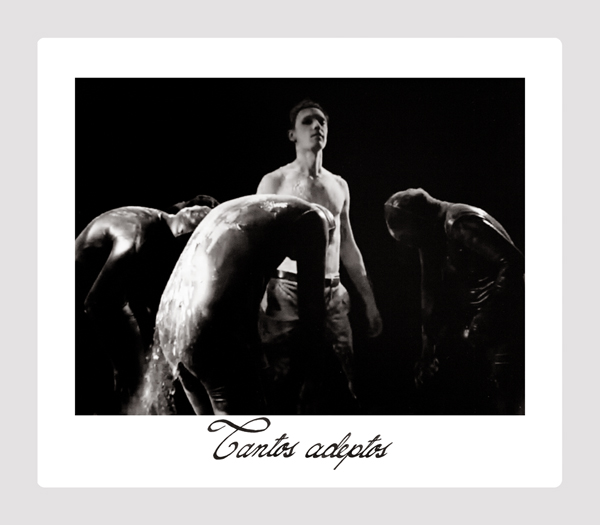
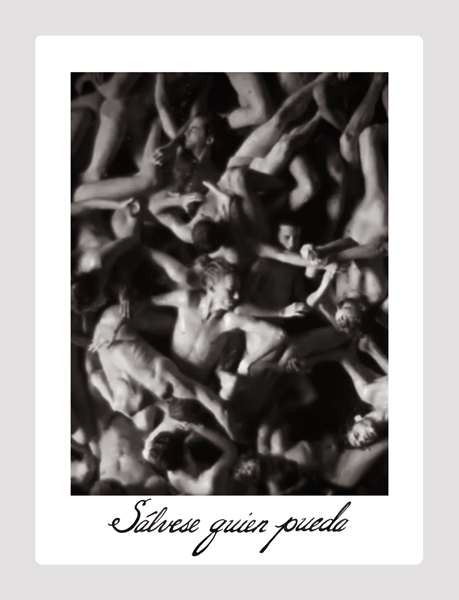
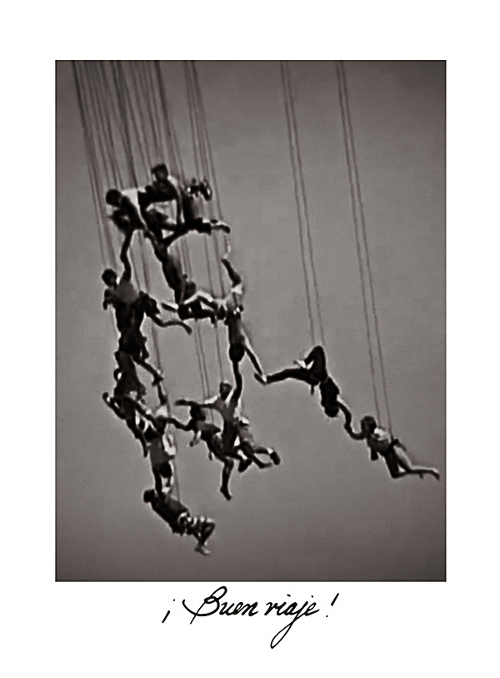

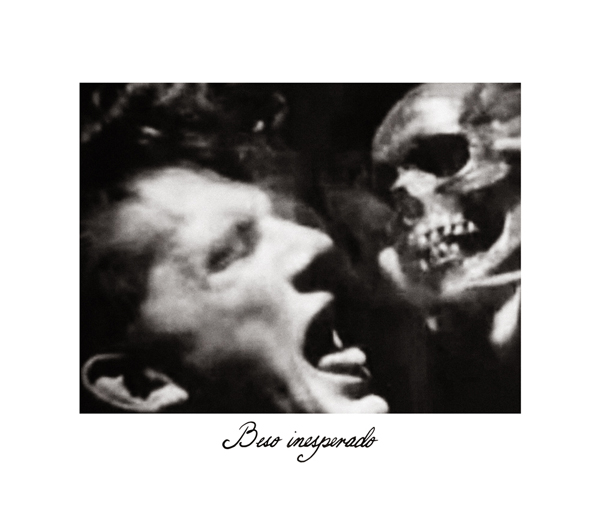
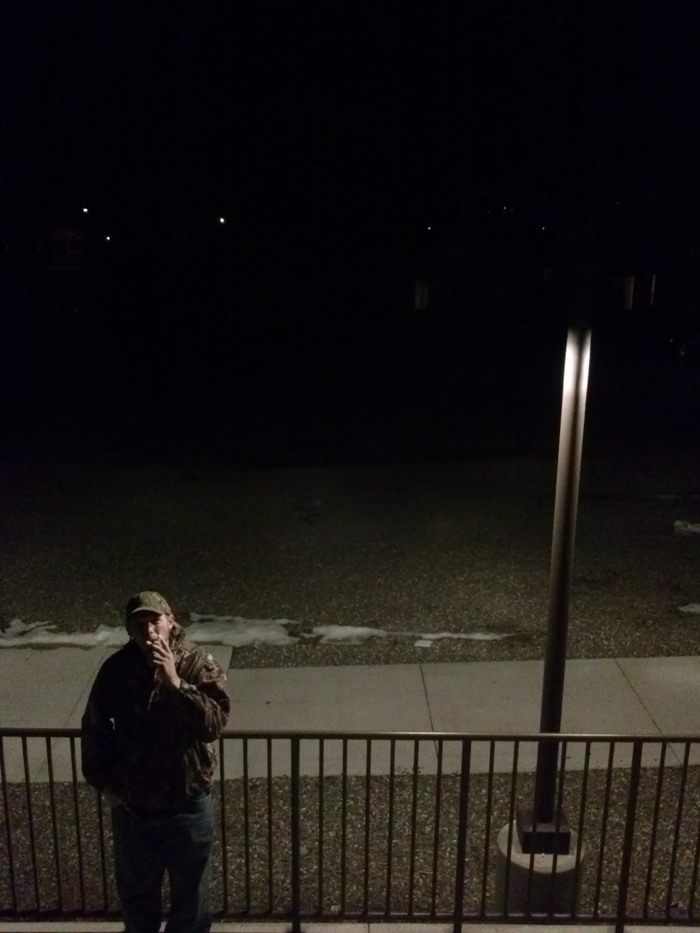
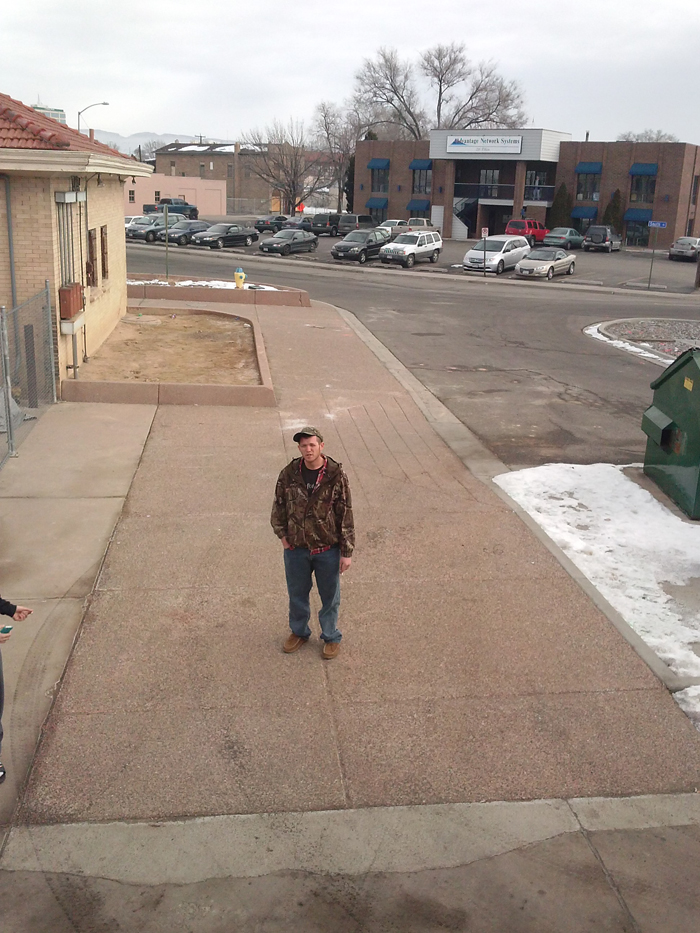
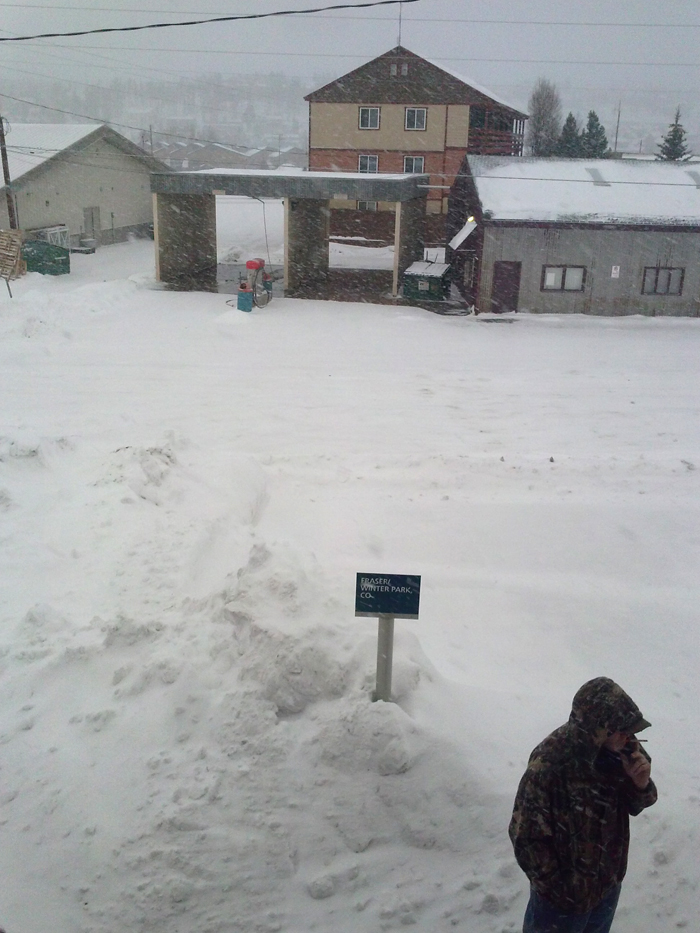
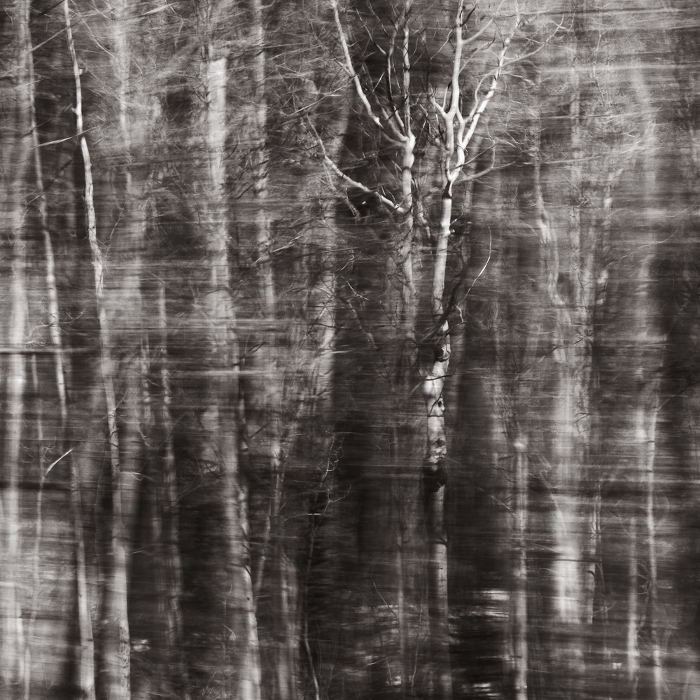
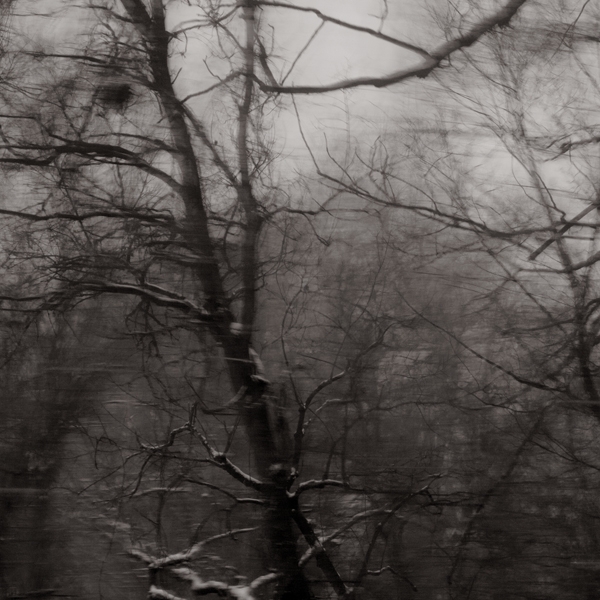

2 comments